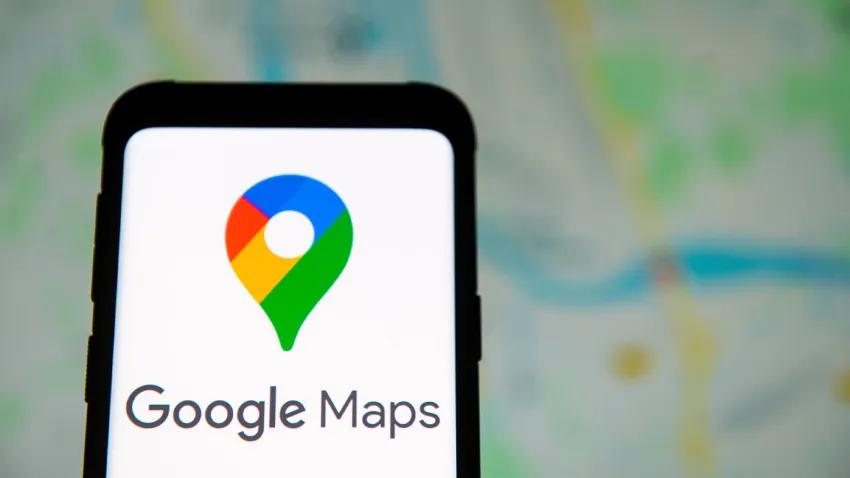Google Maps is one of the internet’s most relied-on utilities — used for navigation, finding businesses, planning routes, and integrating location services across countless apps. So when users worldwide report that the app is failing to load map tiles, search for places, or provide directions, it’s an interruption that quickly becomes a major talking point. This article collects what’s known about recent disruption reports, explores likely causes, and walks you through practical steps to cope if you’re affected.
How people first noticed something was wrong
Problems typically surfaced as sudden visual glitches: map backgrounds not rendering, areas showing only outlines instead of tiles, search results failing to return, or turn-by-turn directions not appearing. For many users the mobile app (Android and iOS) showed the greatest signs of trouble — while the desktop web version sometimes worked better or displayed fewer errors. Because Google Maps is embedded inside many third-party apps via SDKs, the issue often had ripple effects beyond the Maps app itself, breaking location features inside delivery apps, ride-hailing services, and third-party travel tools.
Who appears to be affected
Outages were reported by users across multiple countries and regions, and the most visible impact had two parts:
- Mobile users encountering blank or incomplete tiles and missing search results.
- Developers who embed Google Maps SDKs in their apps experiencing failures or degraded functionality.
In many incidents, the web (browser) experience was comparatively less disrupted — possibly because desktop sessions often use different data fetching endpoints or cache behavior.
What we know from official sources
In outage situations Google typically posts updates on its status dashboards and social channels. The platform status often lists incidents affecting specific SDKs or API endpoints — those entries give a quick indication whether the issue is server-side and which services are impacted. When Google acknowledges an incident, that confirms the problem is not just on individual devices or local networks.
Likely technical causes
While a full root-cause report often takes time, outages of this kind commonly come from one or more of the following:
- Server-side failure or configuration error: Maps relies on tile servers, place databases, routing engines, and many microservices. A misconfiguration or failing cluster can prevent tiles or search data from being delivered.
- SDK or API changes: If a recent update to the Maps SDK or backend APIs introduced a bug, apps that depend on those libraries can lose functionality suddenly.
- Regional network or routing problems: Intermediary CDN or peering outages can stop fresh data from reaching mobile clients while cached desktop copies remain available.
- Database or cache corruption: If place indexes or routing caches fail, search and directions might return empty or incorrect results.
How to troubleshoot if Google Maps is broken for you
If you’re experiencing issues, here are practical steps that often help:
- Try the web version: Open
maps.google.comin a browser. If the browser version works, the problem is likely specific to the mobile app or SDK. - Clear app cache & data (mobile): On Android go to Settings → Apps → Maps → Storage → Clear Cache (and if necessary Clear Data). On iOS, uninstall and reinstall the app to refresh stored data.
- Switch networks: Toggle between Wi-Fi and mobile data to rule out local connectivity problems.
- Use offline maps: If you previously downloaded offline areas, those usually remain usable when live tile fetching fails.
- Check the status dashboard: Look for a confirmed incident — if Google reports one, you’ll know it’s being worked on and not a device-only problem.
Impact beyond navigation
Because so many services embed Google Maps — from real-estate listings to food delivery and public transit apps — a Maps outage can cascade. Businesses that rely on live location data can lose customers temporarily; drivers and couriers can face routing issues; third-party apps may show empty maps or broken location pickers. For workplaces that rely on mapping for logistics, an outage can become a costly disruption.
Why redundancy matters
This type of outage underscores the importance of redundancy and contingency planning. For users: keep offline maps for critical areas, and have a backup mapping app (there are several alternatives). For developers: consider multi-provider fallbacks or cached behaviors when the primary map provider is unavailable, so core app features continue to work.
When will it be fixed?
Fix timelines depend on the root cause. If it’s a misconfiguration or a service regression, providers can often roll back changes or apply a patch quickly. If the issue involves data recovery or distributed cache repair, restoration can take longer. The good news: major providers prioritize such outages and usually work around the clock until functionality is restored.
Final thoughts
When a widespread tool like Google Maps stumbles, it’s a reminder of how entwined our daily lives have become with cloud services. Outages are inconvenient and sometimes disruptive, but knowing how to check status pages, use alternate tools, and fall back to offline data can reduce the pain. If Maps is down for you right now, follow the troubleshooting steps above and keep an eye on the official status updates — the odds are high that engineers are already working to fix it.



